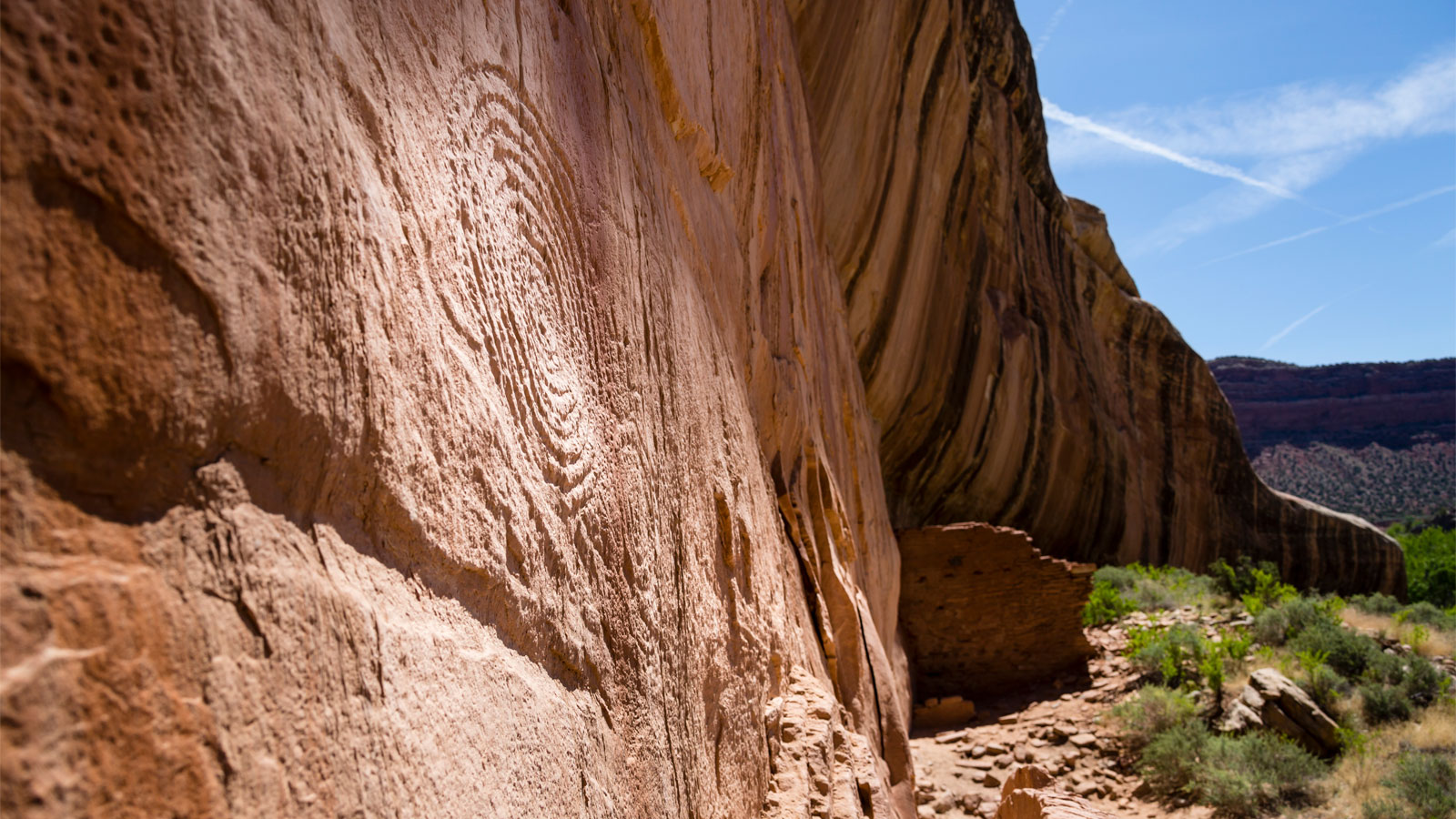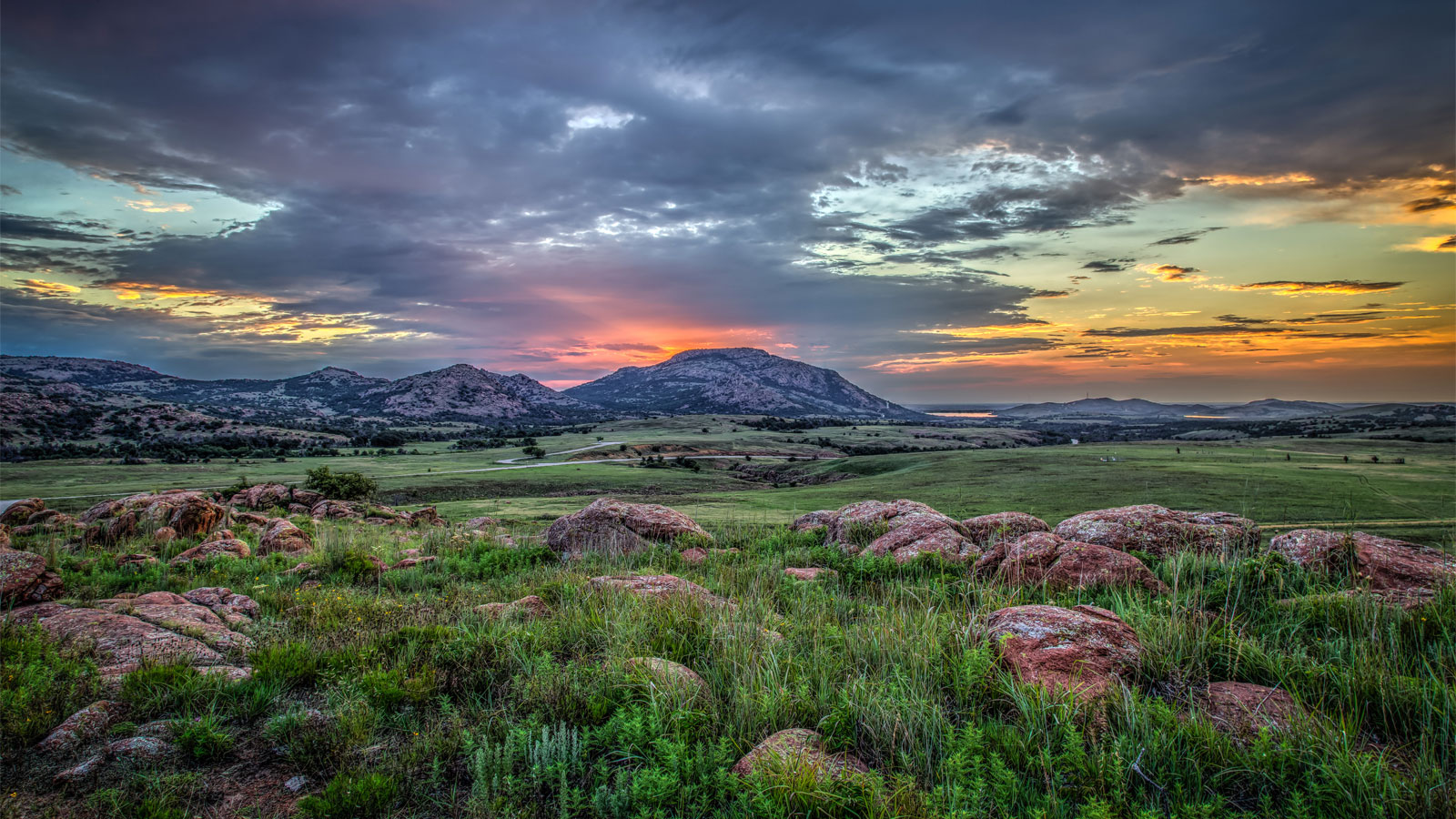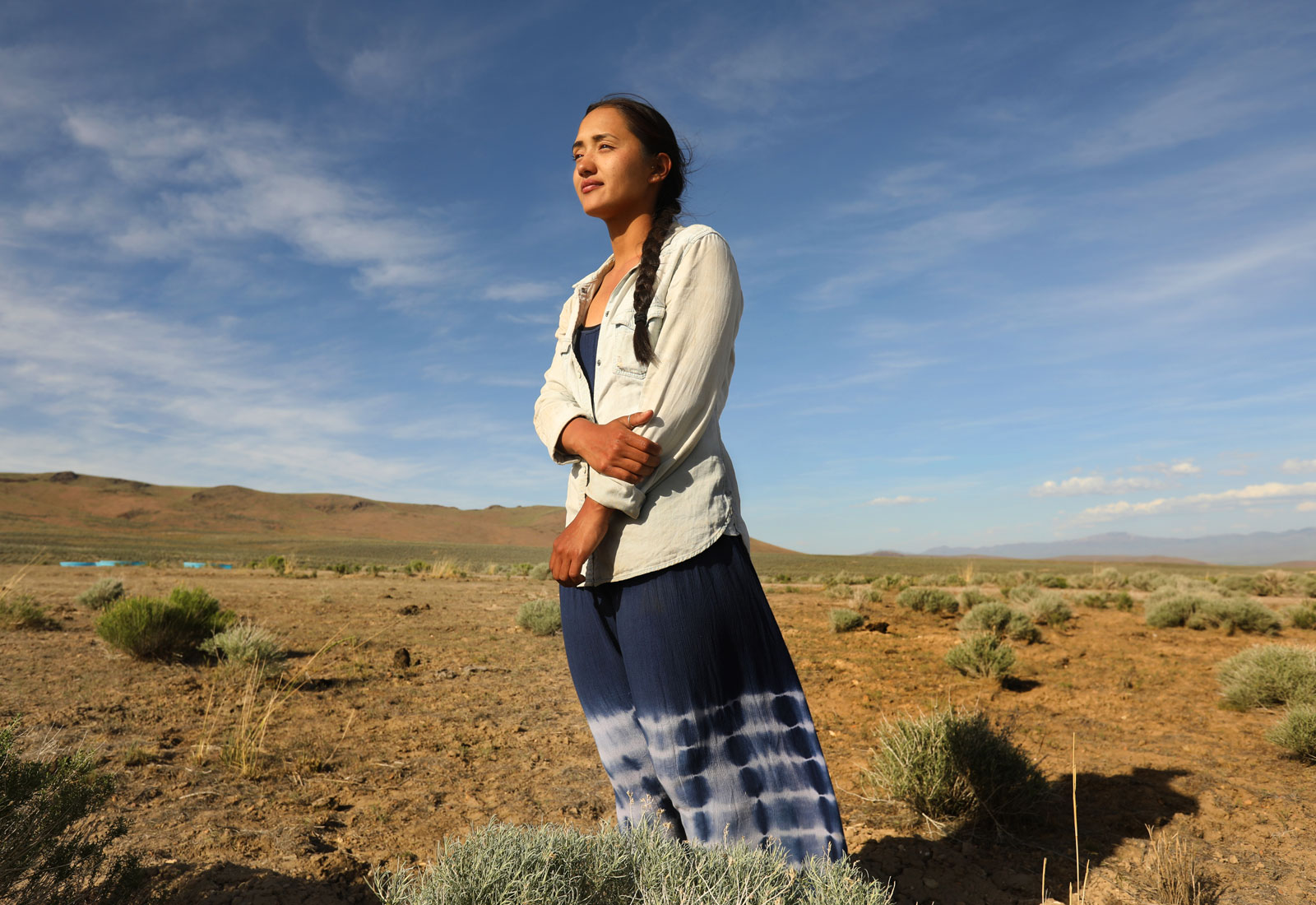A team of researchers published a study on Thursday confirming what Indigenous people already knew: The colonization of North America resulted in near-total land loss for the continent’s original inhabitants.
One of the most detailed reckonings of tribal land loss to date, the study compiles a massive set of data on the lands that were taken from tribes and the migrations many tribes were forced to make. In the continental U.S., Indigenous tribes lost close to 99 percent of their combined historical land bases through European colonization and the expansion of the United States.
Justin Farrell, a sociology professor at Yale University and the lead author of the paper, said that not only were tribal lands stolen, shrunken or wiped off the map completely, but that tribes’ present-day lands face “increased exposure to climate change risks and hazards, especially extreme heat and less precipitation.”
Like the displacement of pre-American peoples, the disproportionate impact of climate change on tribal lands is not a novel discovery. But Farrell said the aim of the research was to create the foundation of a publicly accessible database on land-loss that could be expanded by others and used to inform future research and policy-making.
“In some ways, we’re looking at an issue that everyone already knows about,” Farrell said. “But we’re trying to start a research project where we’re really zooming out and looking at the full scope of change.”

To determine the extent of land loss and the impacts of forced relocation, the team first had to map the historical territories of tribes in the continental U.S. The researchers pulled information from a broad set of historical sources, including land cession treaties and judicial records, as well as tribal publications and archives. After estimating the historical territories of hundreds of federally- and state-recognized tribes, they compared the total area to the tribes’ present-day lands.
According to their analysis, Indigenous people had a documented presence in more than 2.7 million square miles of what is now the contiguous U.S. The government-recognized tribal land base of today is 93 percent smaller, at roughly 165,000 square miles. Because many areas historically contained multiple tribes, the team also computed a cumulative sum for the ancestral lands of all the tribes in their study. They estimated that tribes held sway over a combined total of more than 21 million square miles — an area that was subsequently reduced by 98.9 percent.
Roughly 42 percent of the Indigenous groups from the historical period have no federally- or state-recognized land base, such as a reservation. Of the tribes that still have a land base, their territories are an average of 2.6 percent the size of their ancestral lands.
Kyle Whyte, who is an author on the paper and an environmental justice professor at the University of Michigan, said the history of land reduction and forced migration has resulted in unintended environmental consequences for tribes. The study found that present-day tribal lands experience more extreme-heat days — those with a maximum temperature over 100 degrees Fahrenheit — and nearly 23 percent less precipitation annually, compared to the historical period.
A member of the Citizen Potawatomi Nation, Whyte said studies like this are a critical step toward a fuller understanding of the indirect impacts that centuries of displacement have had on Native populations.
“Whether it’s within the U.S. context or in other parts of the world, Indigenous people are calling for recognition that the reason why they are often facing more severe climate threats than other populations is because of the impact of land dispossession,” Whyte said.
The team also concluded that tribes’ present-day lands are less economically valuable in that they are less likely to contain subsurface oil and gas resources. Although Indigenous rights advocates have rallied widespread opposition to extractive fossil fuel projects in recent years — from Standing Rock to Line 3 to a proposed gas pipeline in North Carolina — Whyte said it was important to note that tribes have been largely excluded from a highly profitable energy industry that was built on stolen land.
“While we don’t support extractive fossil fuel industries, the study demonstrates that tribes were never part of the game plan to build the U.S. energy system,” Whyte said.
Cross-checking their information with crowdsourced data compiled by Native Land Digital, an Indigenous-led organization that maps tribal territories, the researchers amassed hundreds of thousands of records over the course of the project.
“When you think about Indian removal and displacement to reservations, it is so complex and covers such a long period of time that, to take all that evidence and put it into one dataset is almost inconceivable,” said Donald L. Fixico, a regents professor of history at Arizona State University who was not involved in the study. The ethnohistorian, who is a member of the Shawnee, Sac and Fox, Muscogee and Seminole tribes, wrote an analysis piece that accompanies the article in Science.
While the research team hopes to build on the dataset for future projects, the authors acknowledge the limitations of their records and the need to gather more information from Indigenous people themselves, as opposed to relying on settler-colonial records. They plan on incorporating oral histories, tribal documents and archaeological records in future analyses.
Noting the historical exclusion of Indigenous voices in scientific literature, Whyte said the study’s importance extends beyond its findings on land loss and climate impacts.
“I think it’s important to tell stories in a lot of different ways,” he said. “And by telling this story in a scientifically rigorous way, I really think this study can empower further Native scholars and others to see how some of these methods we’ve been excluded from can actually be used to support our sovereignty and self-determination.”




